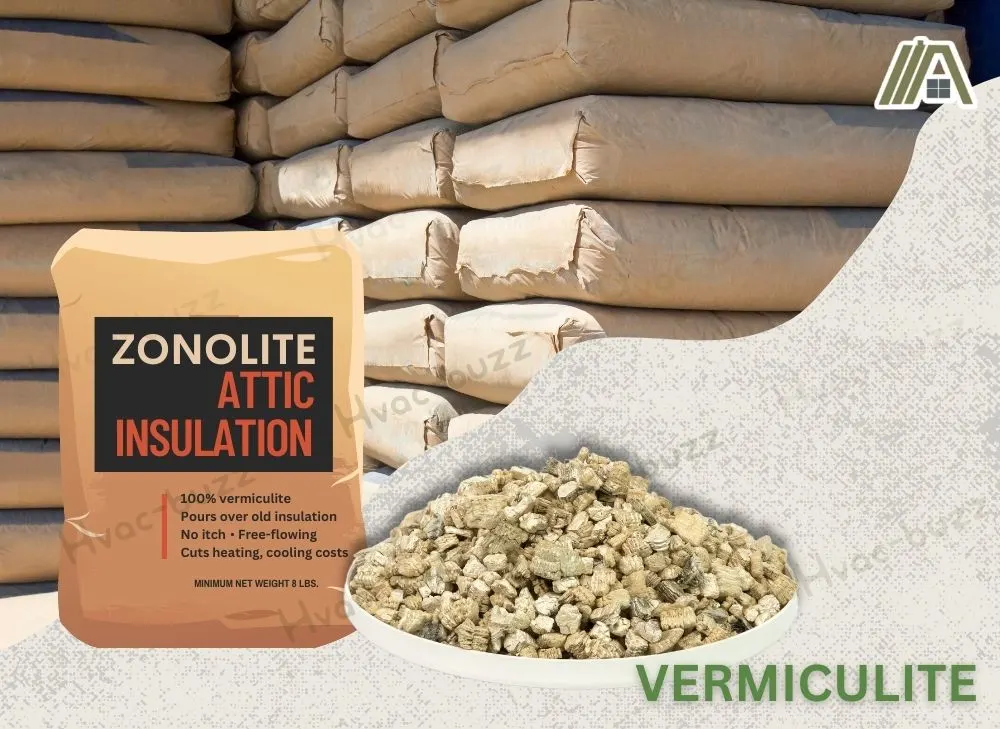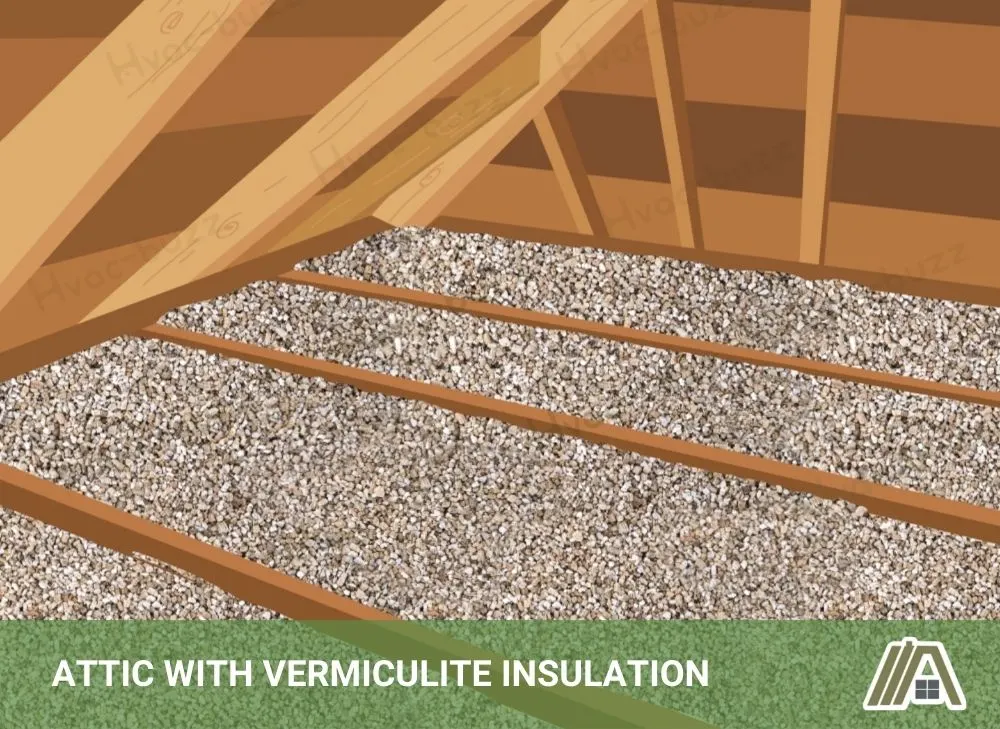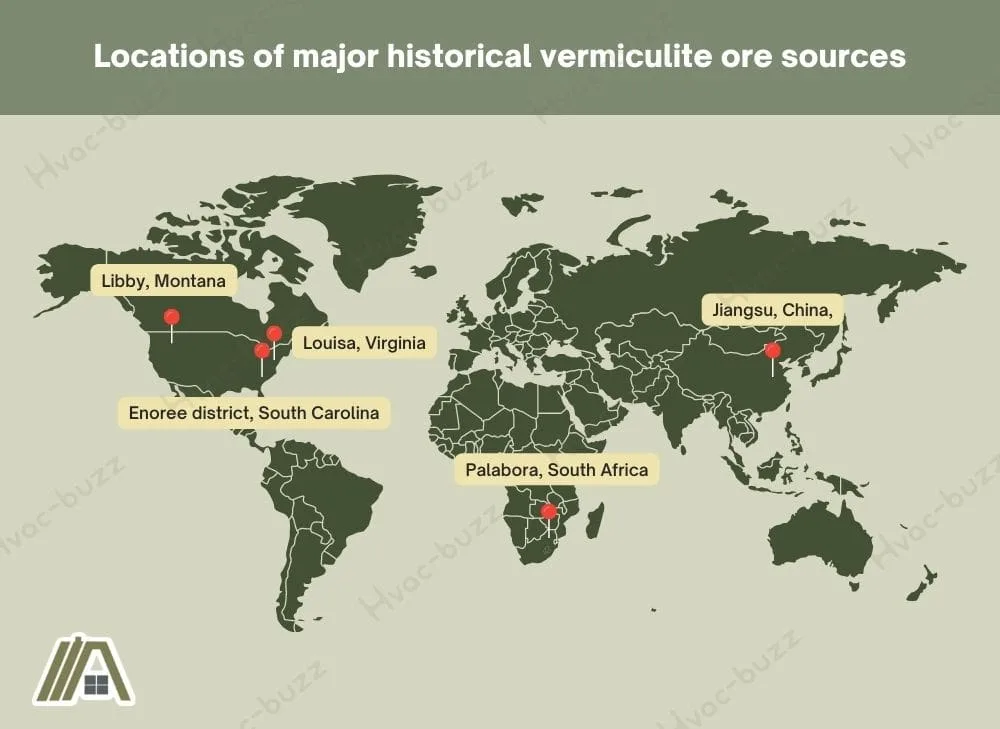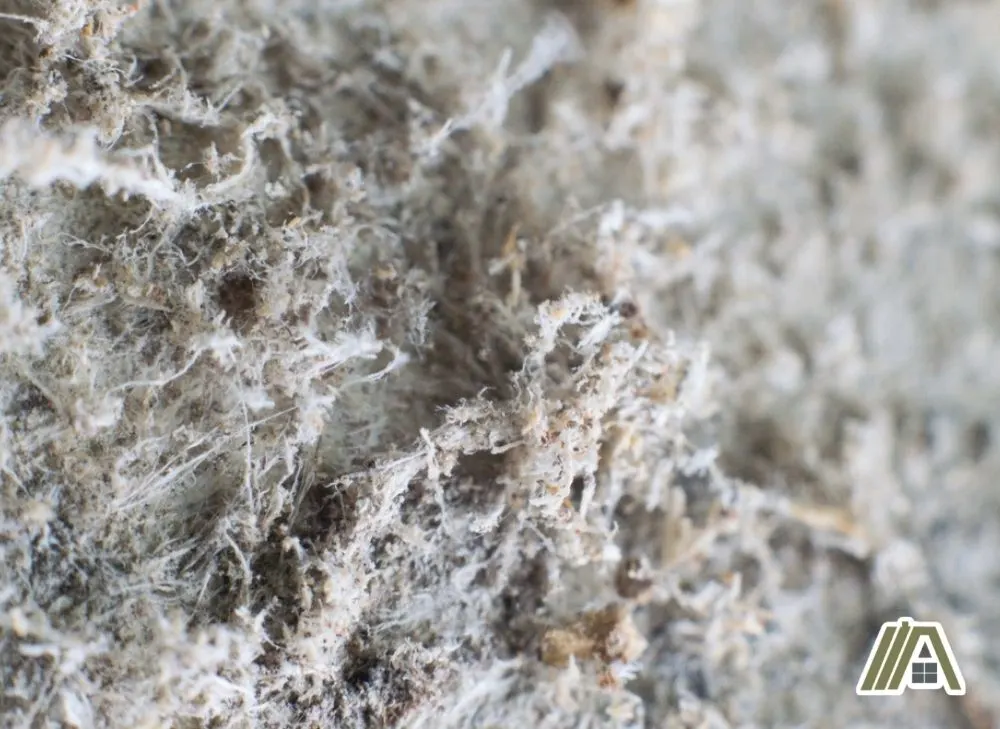Vermiculite, a naturally occurring mineral used in various industries, can contain asbestos due to its geological origin. Some deposits of vermiculite are located near asbestos deposits, and the mining and processing of vermiculite can lead to the unintentional contamination with asbestos fibers.
The potential health risks associated with asbestos-contaminated vermiculite have led to increased scrutiny and testing of this mineral. Understanding the prevalence of asbestos in vermiculite is crucial for ensuring the safety of all those who may be exposed to this mineral.

Before 1990, vermiculite had a 50-80% chance of being contaminated with asbestos. Vermiculite from the Libby mine would almost certainly contain asbestos. After 1990, all vermiculite is free from asbestos as all mines are now required to test for asbestos regularly.
North America
The Libby mine in Montana, USA played a significant role as a major source of vermiculite from the 1920s until its closure in 1990. It supplied an estimated 50-80% of North America’s vermiculite supply, which was used for various applications, including insulation.
During this time, Zonolite was the leading brand of vermiculite insulation.

Unfortunately, The Libby Mine, and along with it, Zonolite vermiculite insulation, were found to be contaminated with asbestos, and the mine consequently closed down in 1990.
Prior to its closure, it was estimated that around 1 million houses throughout the United States contained vermiculite insulation, with approximately 500,000-800,000 of these homes containing asbestos-contaminated vermiculite.
Similarly, Zonolite insulation was also installed in hundreds of thousands of homes throughout Canada, with the Canadian government even offering grants to homeowners who installed products like Zonolite in their homes during the late 1970s and early 1980s.
Despite the extensive use of contaminated vermiculite in North America, not all vermiculite in the USA is contaminated. Virginia Vermiculite LLC has been the sole supplier of vermiculite in Virginia since 1978, operating a mine in Louisa County.
This mine, along with another one located in South Carolina, mines vermiculite concentrate that has not been contaminated with asbestos. So, unless you exclusively used Zonolite insulation, your chances of having asbestos-contaminated vermiculite in Virginia will be close to zero.
During the period between June 1, 2004, and March 22, 2005, Natural Resource Canada’s EnerGuide for Houses Program evaluated 45,455 homes in Canada to determine their energy efficiency.
The evaluation found that 3.7% of these houses contained vermiculite insulation. Specifically, 3,184 of the evaluated homes were located in Manitoba, where 6.6% of homes contained vermiculite insulation, most likely contaminated with asbestos.
In 2008, it was estimated that around 300,000 homes across the whole of Canada still contained Zonolite insulation.

Other Parts of the World
Zonolite supplied vermiculite insulation to not only North America but also other countries around the world.
It has been found that Zonolite also supplied asbestos-contaminated vermiculite to Australia under the name of “Spra-Insulation.”
Unfortunately, after the controversy in 1990, Zonolite was reluctant to release any data on its export to Australia. It is, therefore, impossible to say how much of Australia’s vermiculite insulation has asbestos.
As mentioned before, there are other vermiculite mines around the world, including one of the largest mines in South Africa, Limpopo. This mine produces vermiculite that is free from asbestos, and it primarily supplies to the UK, parts of Europe, Japan, Australia, and even the United States and Canada.
Parts of the world that received vermiculite from South Africa can rest easy, knowing their insulation will most likely be asbestos-free.
I say “most likely” as very small traces of asbestos have been found in some samples of the South African mine. But these traces are so small there is no health concern, according to studies.
In addition to South Africa, other countries such as China, Brazil, and Australia also have their own vermiculite mines that produce asbestos-free vermiculite.

However, these vermiculite ores do not expand as well as South Africa’s, so these countries may still import vermiculite from South Africa and the USA. (Expansion is a vital step in transforming vermiculite into insulation).
As awareness of the health risks associated with asbestos has grown, it has become increasingly important for all vermiculite mines to test their products for asbestos contamination before manufacturing/distributing them.
How Much Asbestos Is in Contaminated Vermiculite?
Asbestos in vermiculite is typically detected through laboratory analysis of bulk samples. The samples are collected and prepared using standardized methods and then analyzed using specialized microscopes and other equipment to identify and quantify any asbestos fibers present.

Asbestos concentration in contaminated vermiculite can vary greatly based on the source of the ore deposit and the specific processing techniques used to manufacture the insulation.
The Libby mine in Montana, which was the primary source of asbestos-contaminated vermiculite in the United States, has been found to have samples with levels of asbestos as high as 26% by weight.
However, other deposits of vermiculite, such as from South Africa and Virginia, have been found to have very low levels of asbestos contamination, with some falling below the limit of detection for standard testing methods.
When asbestos levels in vermiculite are less than 0.01%, they are considered not to be a health risk, and the vermiculite can be safely used.
Sources
https://www.jstor.org/stable/26329510
https://ntrl.ntis.gov/NTRL/dashboard/searchResults/titleDetail/PB85183085.xhtml
http://www.schundler.com/palabora.htm
https://www.energy.virginia.gov/commercedocs/VAMIN_VOL03_NO01.PDF
https://pubs.usgs.gov/ja/70200890/70200890.pdf
ANALYSIS OF AMPHIBOLE ASBESTOS IN CHRYSOTILE AND OTHER MINERALS
https://www.sciencedirect.com/science/article/pii/S0273230085710549
https://nepis.epa.gov/Exe/ZyPURL.cgi?Dockey=9101LXP5.TXT (exposure assessment)
https://www.gov.mb.ca/health/publichealth/environmentalhealth/vermiculite.html
https://norac.org.uk/wp-content/uploads/2019/05/Vermiculite-Query-Response.pdf
https://journals.co.za/doi/pdf/10.10520/AJA0038223X_1915
